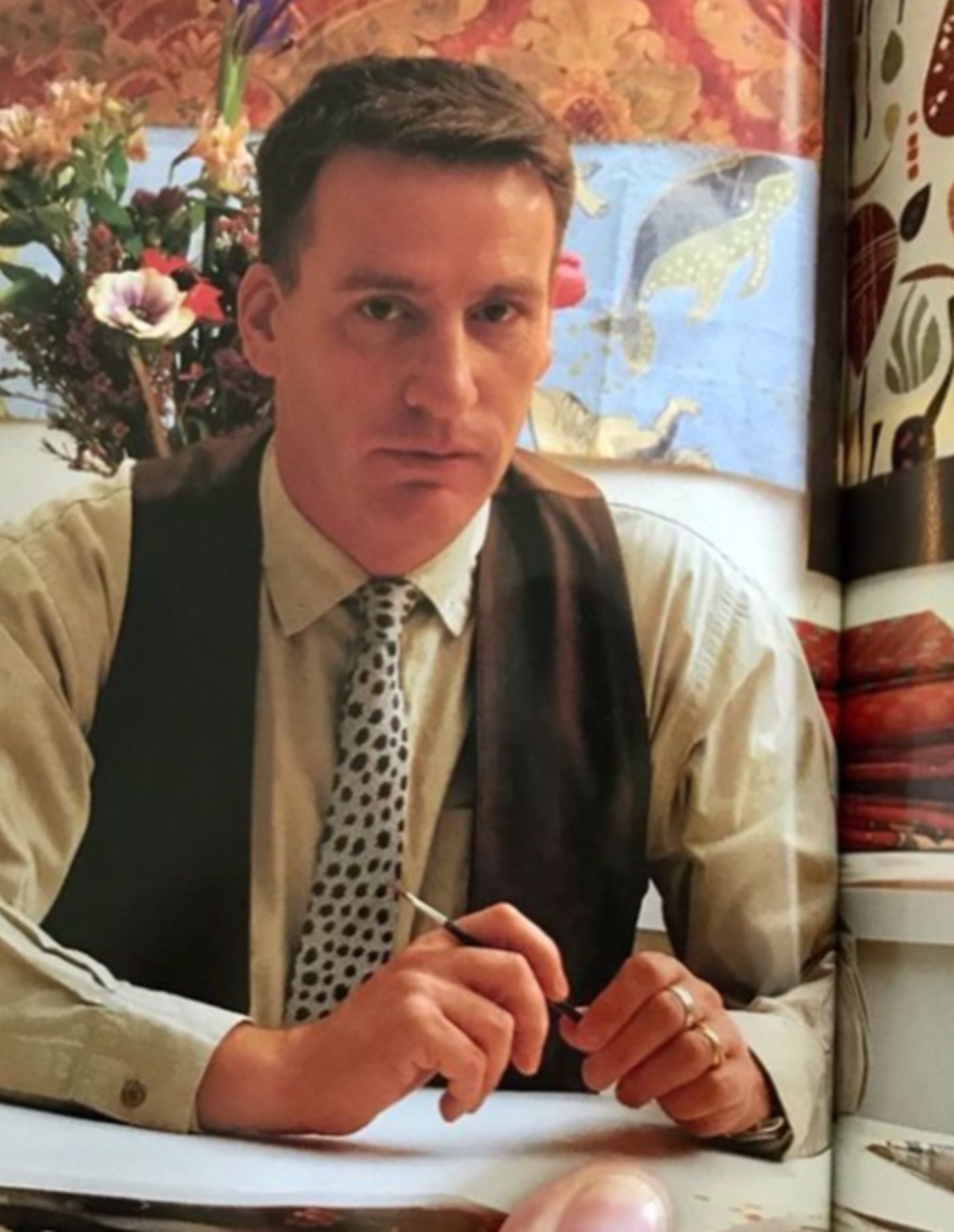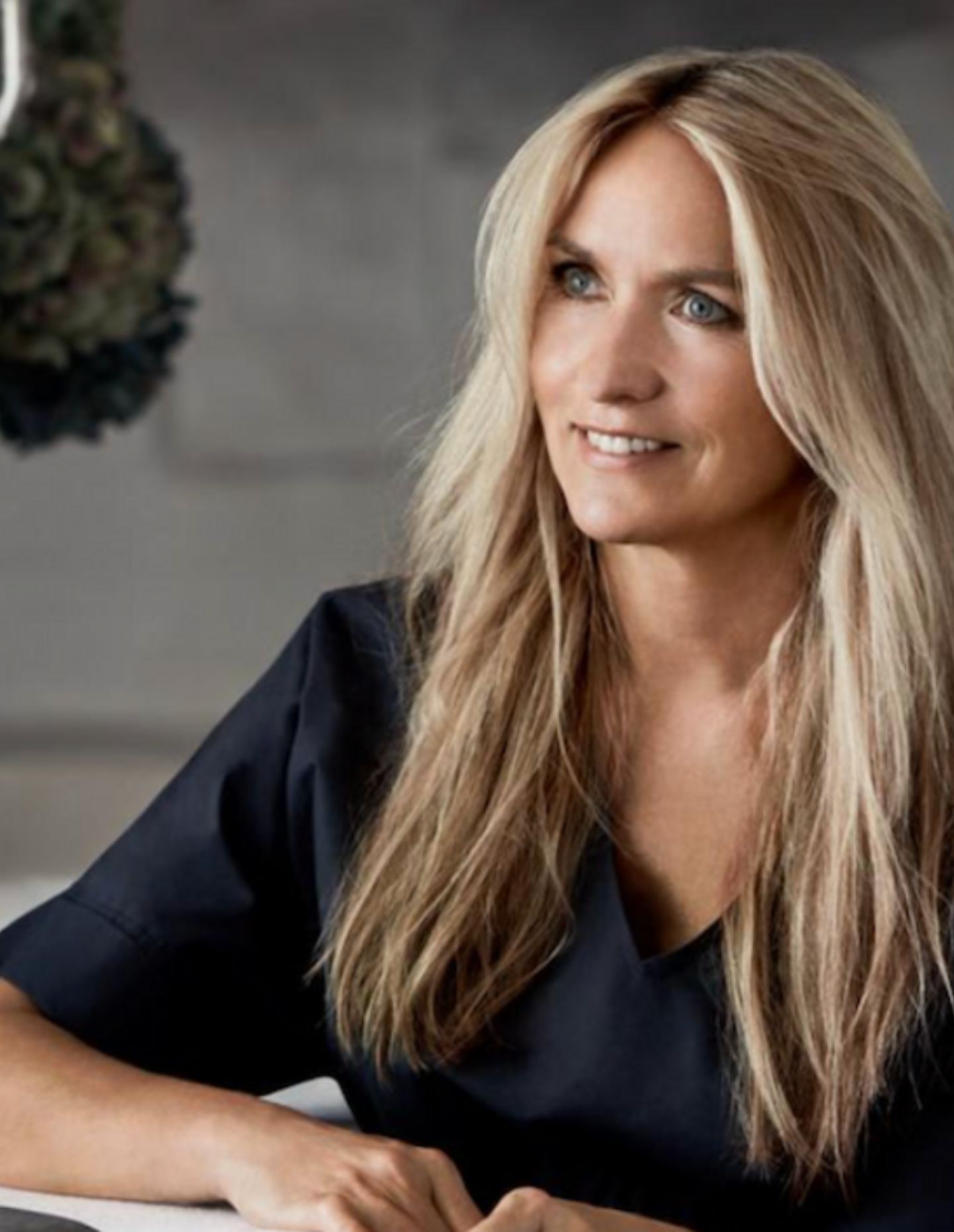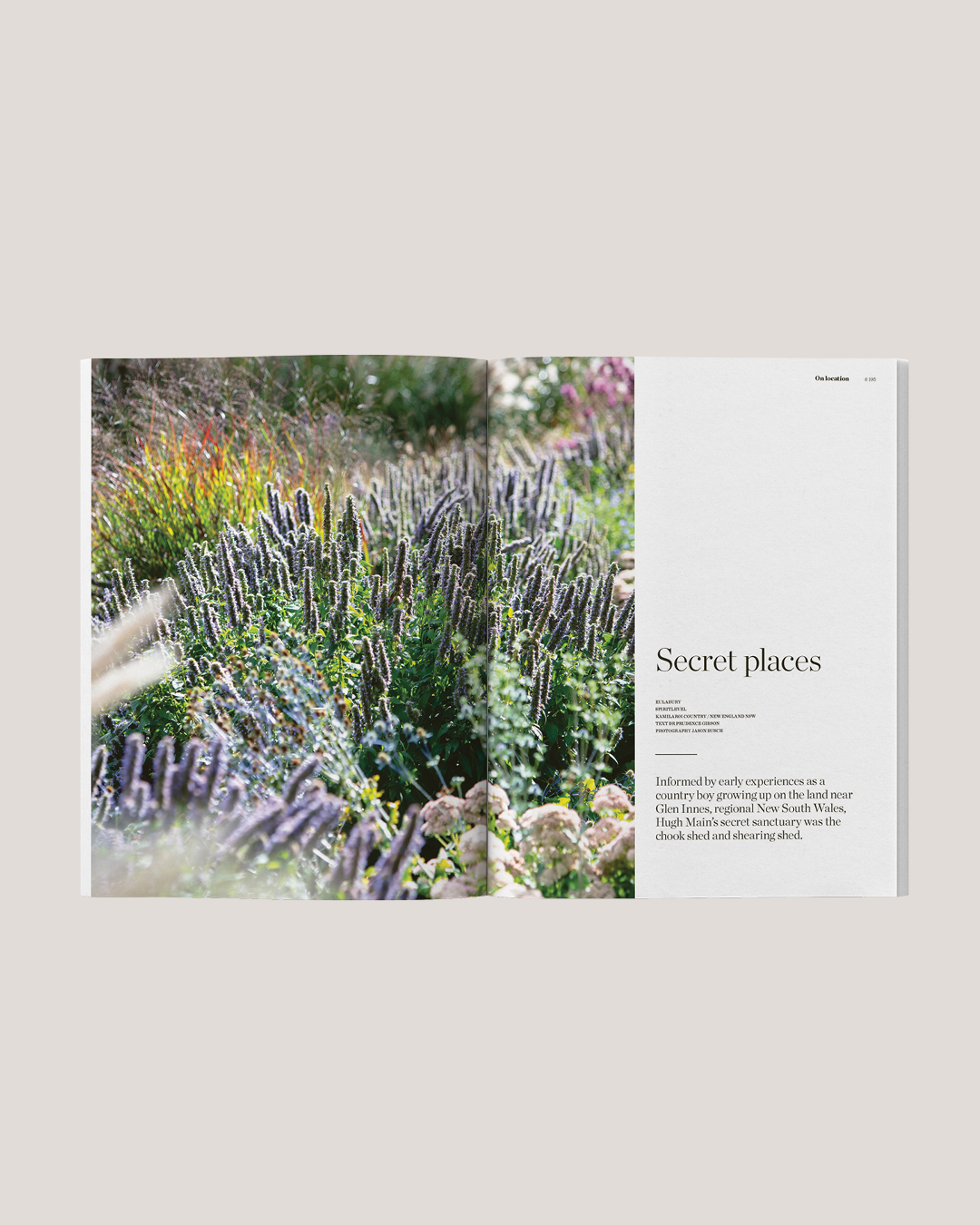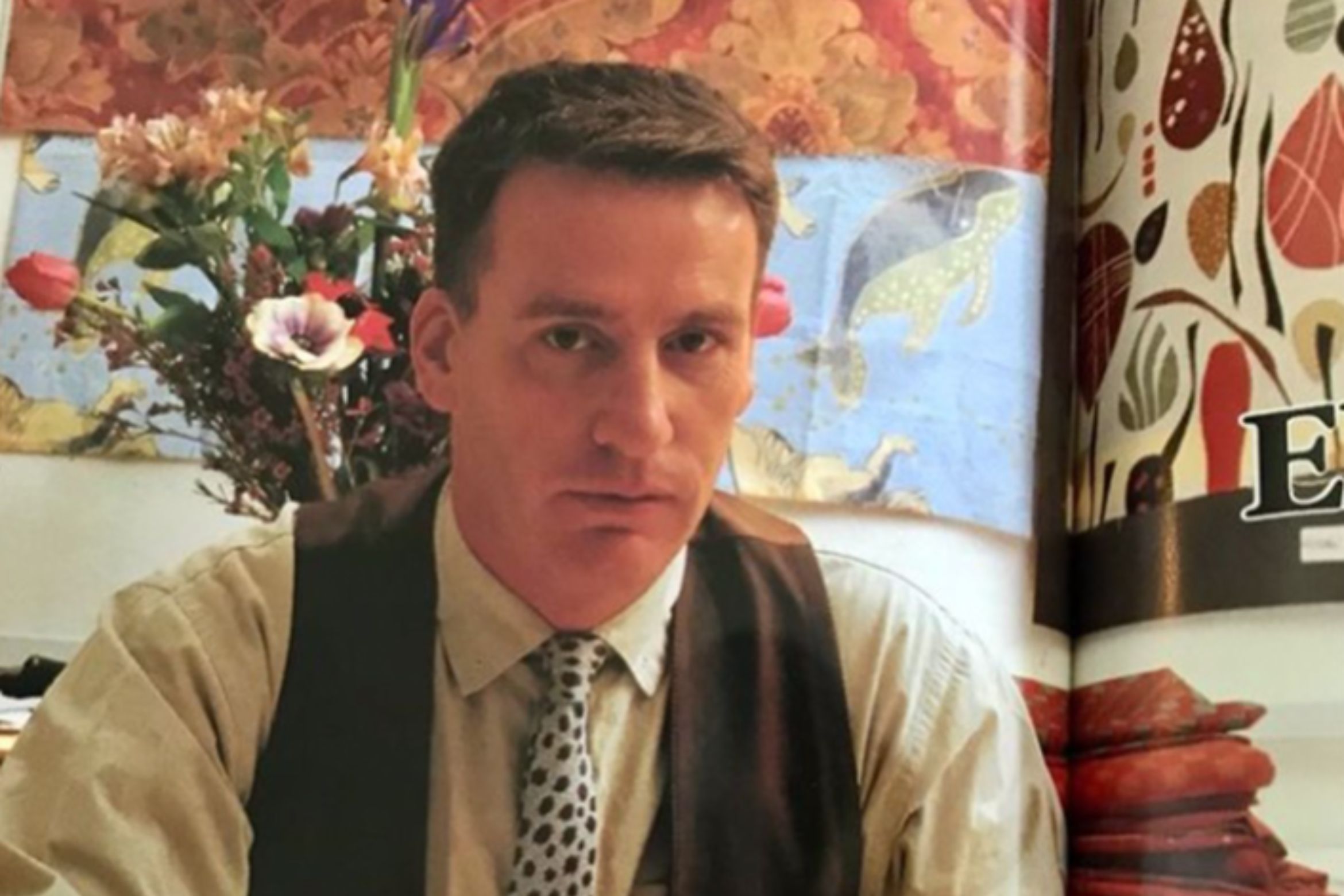History informs the future and is an important marker in the advancement of a country, its people and culture, and at the Australian Museum of Design (AMoD), our heritage is in good hands.
Through the work of Margaux Everett and her team, all genres of design are preserved to ensure that Australia’s rich design history is available for future generations. The AMoD is acquiring, saving and re-purposing original hand-drawn textile designs, many unseen by the public for more than 80 years, from Australian artists both known and unknown.
It all began when Everett found, by chance, an archive of textile designs and illustrations and then some 20 years later came upon the same collection. Through the intervening period she worked in the international corporate world of data and data marketing, and, although successful, the fortuitous find sparked an idea.
That idea was to resurrect the many original design collections that exist, categorise, digitise and then market them to a new generation. The works in question have been made by creatives, artists and designers such as David Miles, Noel Lyons, Donald Clark and Margaret Clark through to fashion icons Carla Zampatti and Colette Dinnigan, with a mass of work by unknown contributors, all dating from the 1850s through to present day. Under license, she has also included renowned Florence Broadhurst designs with her collection.
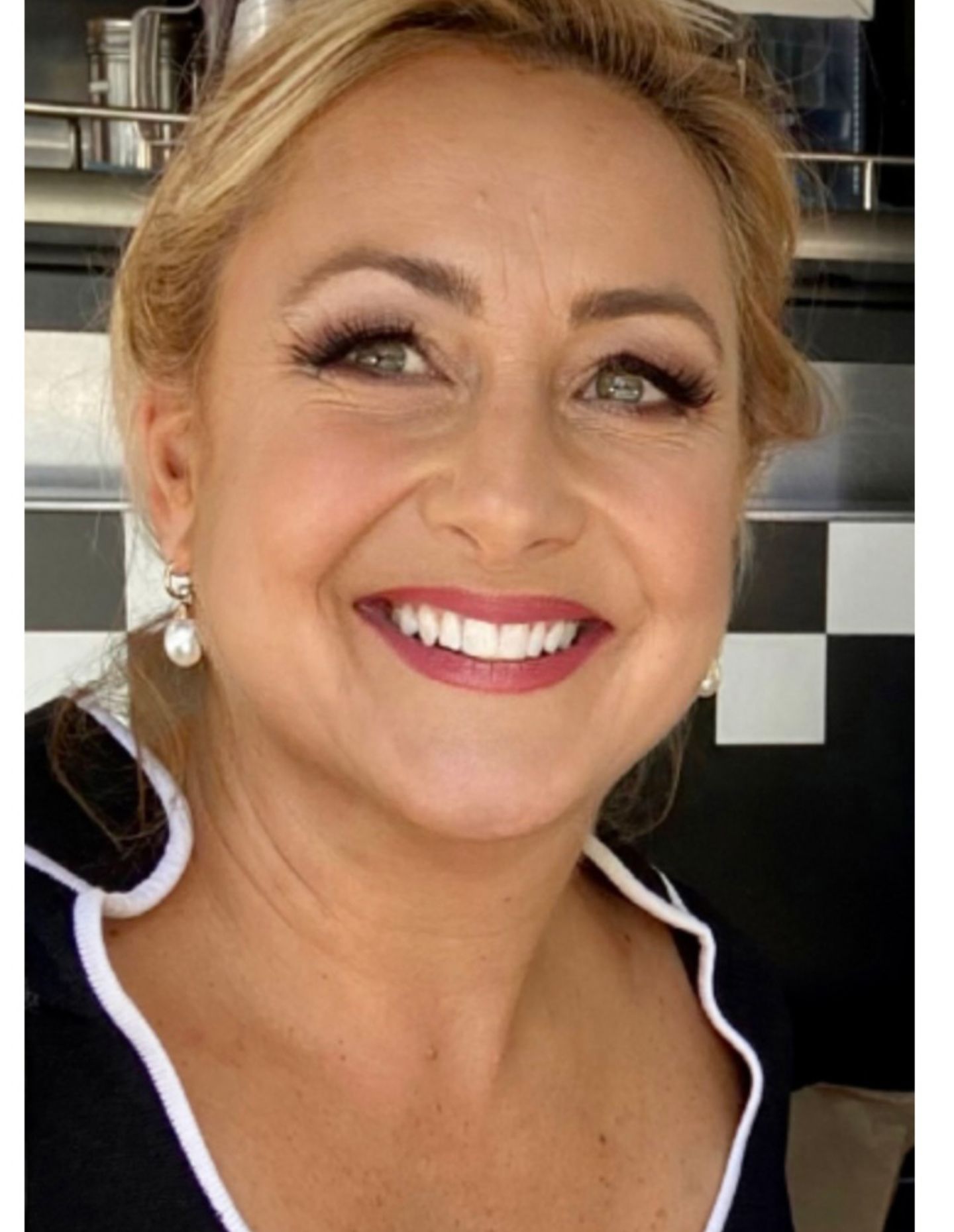
Everett saw the possibilities that came with the archival material. Designs could be reinterpreted into any colourway, or printed on fabric and wallpaper or become art pieces and historic collections would be safe and secure.
Establishing the Australian Museum of Design in 2022 at the end of the pandemic was indeed brave. To make the endeavour viable, Everett has twice announced a capital raise for much-needed funding but has also injected her own money into the venture, to keep the Profit for Purpose business on track.
To date there are 1300 digitalised patterns in what is known as the Digital Design Vault on the AMoD website, where anyone can browse and then order a bespoke design, choosing pattern, colour and material for a customised product.
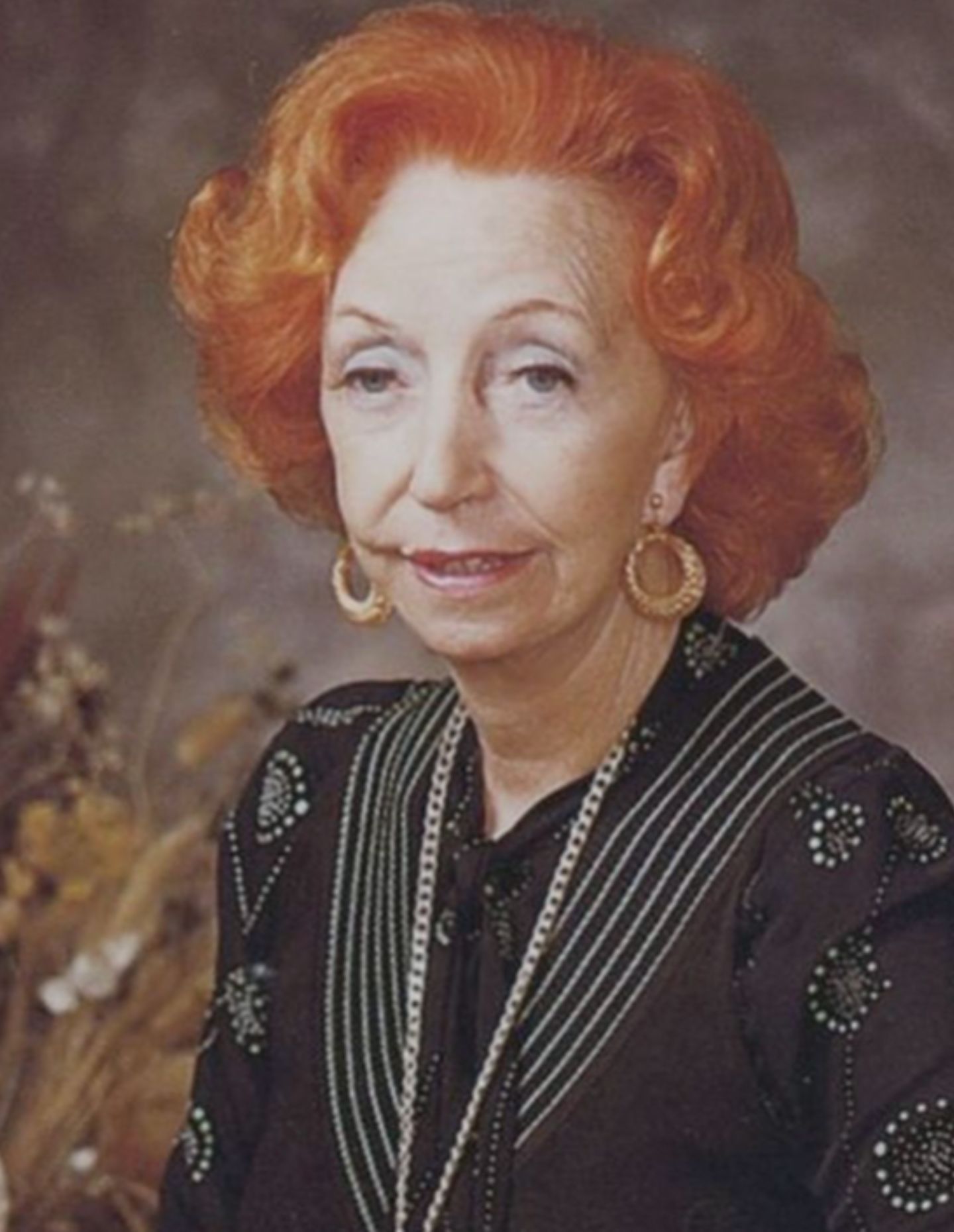
Many of the designs and collections are on film positive and this requires each layer of the pattern to be separately scanned. Sometimes there are several layers each showing the hand work and brush strokes of the artist, where the imperfections make each layer unique.
Once the layers have been scanned, they are then reassembled and uploaded to the website waiting for designers and interested viewers to choose a pattern and colours to make their bespoke choice. If, for example, a wallpaper is required, then AMoD selects the pattern repeat and produces the paper.
Of course, some designs are on other materials and the process differs a little, as Everett explains: “We also have other original designs which might be in paper form. For example, we have the works of Chris Stone, who was the Design Director for Sheridan in the 1980s and we have thousands of his designs, and they were all hand-drawn on paper. So, we then scan and digitise all of those, and we’re able to change the different colourways along the way. Once they are digitalised, we then put an era, a date and time next to it, who the artist was, (if we know), and what genre they fall under. We might use the pattern for scarves, artwork or for bags, those sorts of things. Designs that were traditionally for fabric we can now use for wallpaper. Chris Stone was famous for his florals, the Sheridan designs from the ’80s. They’re all bright and beautiful and so it’s wonderful to feature all of that on a wallpaper.”
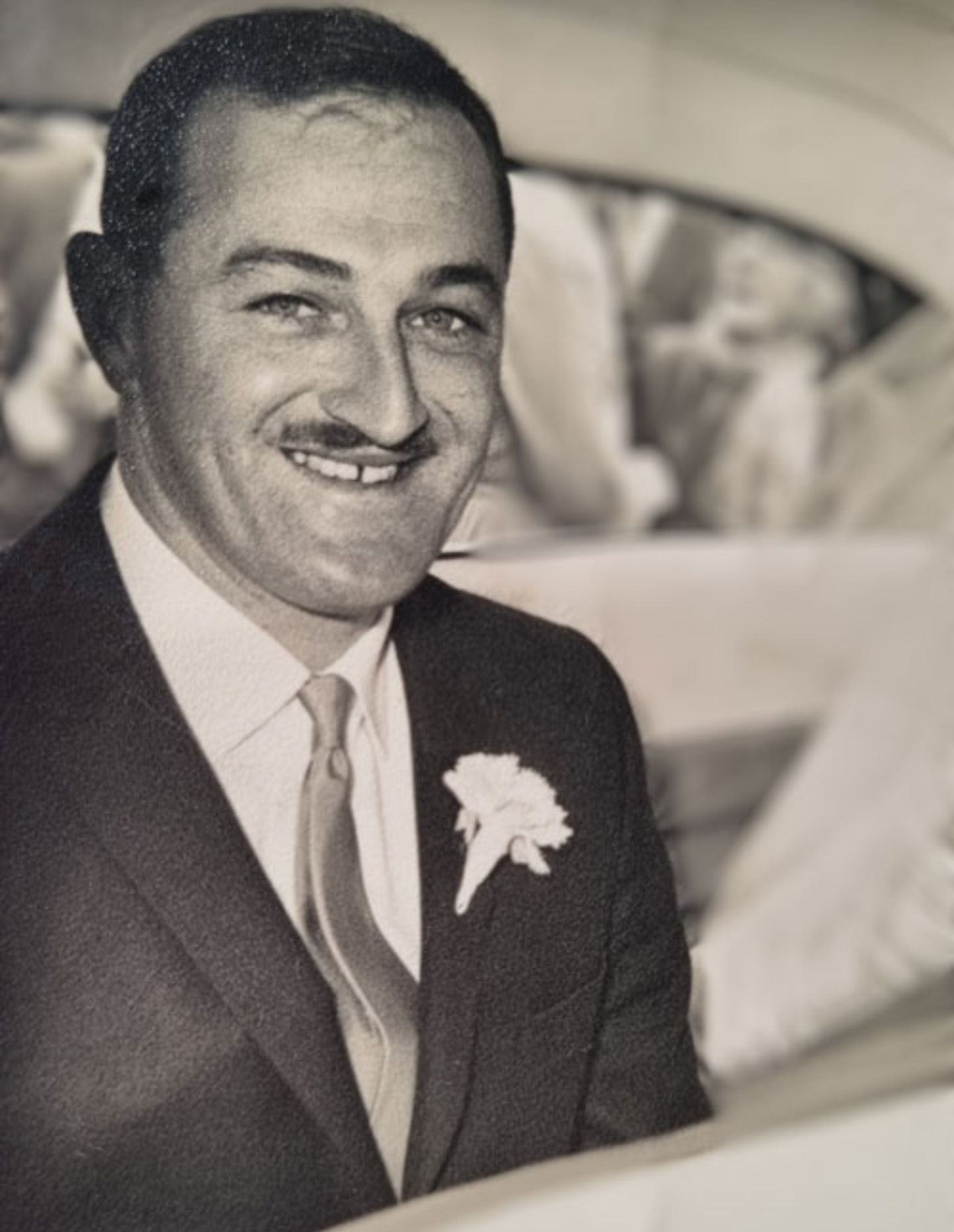
Everett has many supporters and people who advise her in her role and the work that she is doing. There is an official Advisory Group and Founding members of AMoD that include Professor Peter McNeil from UTS, who brings his outstanding knowledge of the history of design to the table. Others from associated industries are also supporters such as the inimitable Leone Lorimer, National Practice leader at GHD design and a juror on the 2025 INDE.Awards, as well as fashion and home wares designer extraordinaire Colette Dinnigan AO.
Of course, AMoD is still a business but not the usual variety, as it was conceived to provide a place of safe keeping for our design heritage. While AMoD’s mission is to document, digitise, and preserve these invaluable designs, by commercialising the collections through the Digital Design Exchange, funds are generated to continue the important work.
Every purchase or license directly supports the efforts to expand and maintain the archive. The platform not only provides access to these designs but also allows artists to monetise their work, ensuring they are fairly rewarded for their creativity.
AMoD is the perfect place for interior designers to investigate a bespoke option when creating projects. As fabrics and wallpapers can be customised for all applications, they can make a statement in residential, retail or commercial interiors, in fact, any project that requires a decorative touch. With sustainability on every one’s mind, what could be more attuned to reuse than to feature historic patterns with a modern touch.
Everett has a vision and it is realised through AMoD. By preserving historic designs and collections, the future is bright for Australian design. Simply visit the Digital Design Exchange and imagine the possibilities!
